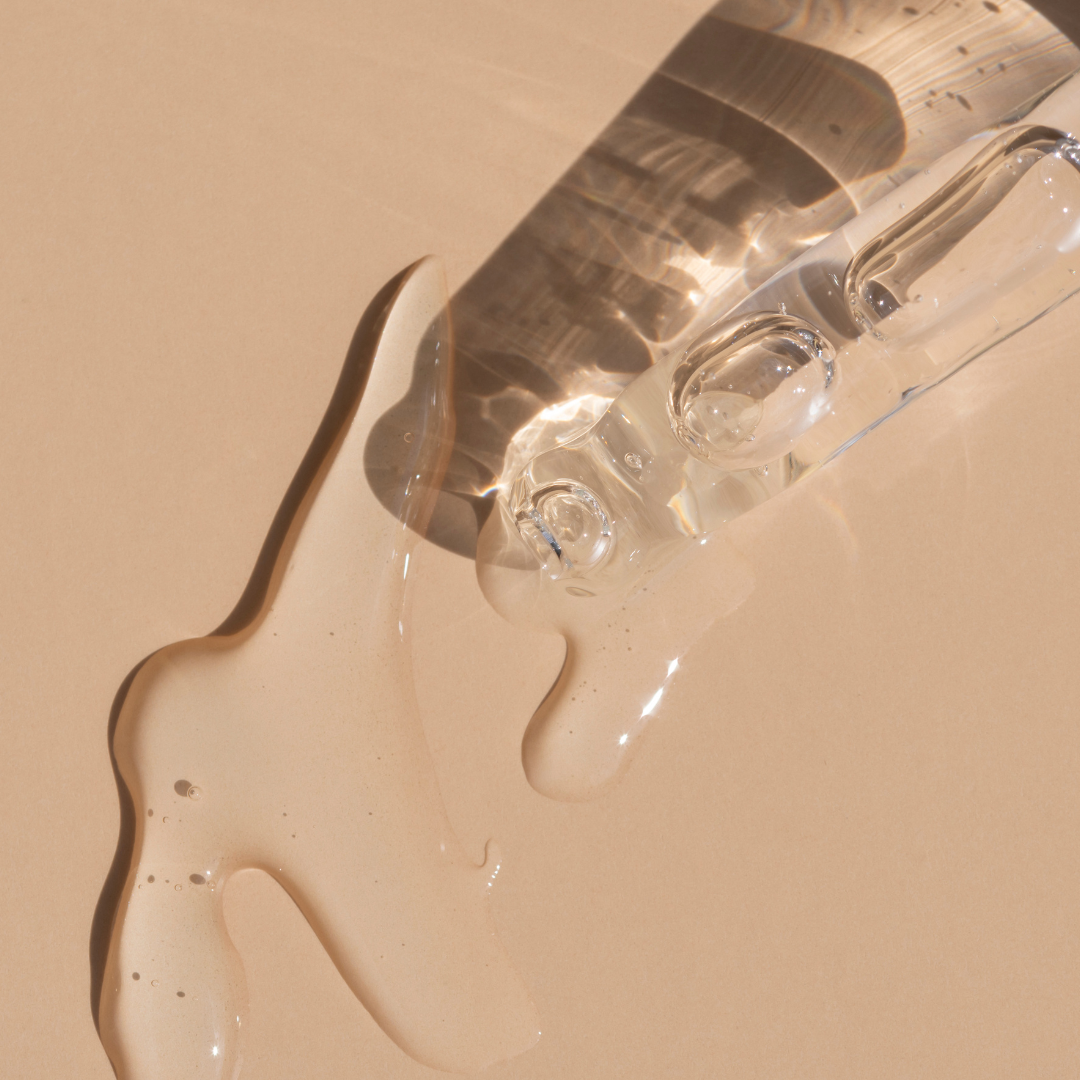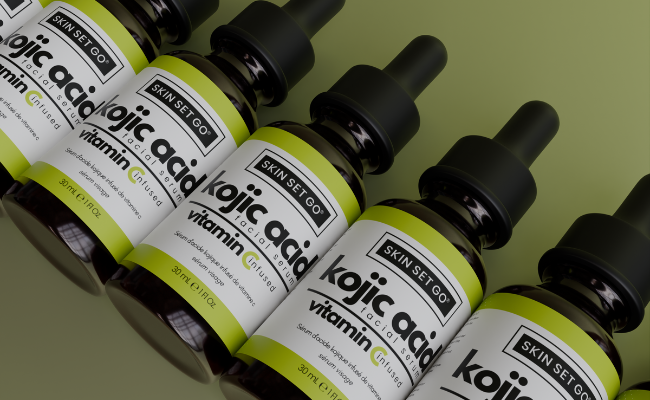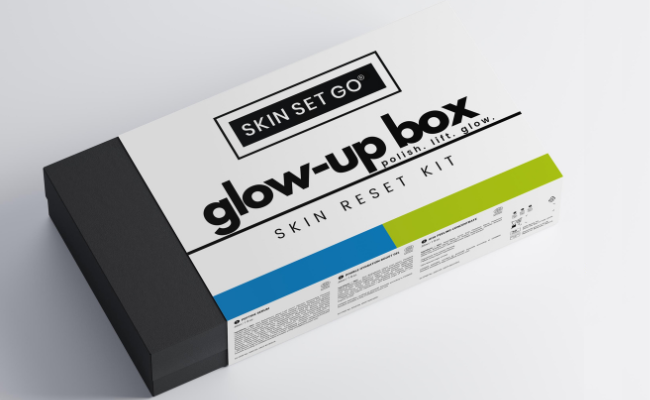
"The History and Science of Kojic Acid: A Comprehensive Guide"
Hey there! Are you ready to learn all about the funky-sounding but seriously effective skincare ingredient known as kojic acid? Buckle up, because we're about to dive deep into the world of this powerful little molecule.
First things first: What exactly is kojic acid? It's a natural compound that's derived from various types of fungi and is commonly used in skincare products as a skin-lightening agent. But where did this ingredient come from, and how did it become a staple in the beauty world?
Kojic acid has a long and interesting history. It was first discovered in Japan in 1989 by a scientist named Dr. Miyoshi, who was studying the by-products of sake fermentation. He noticed that the koji mold used in sake production had a skin-lightening effect on the workers' hands, and he isolated the active ingredient responsible for this effect – kojic acid.
So how does kojic acid work on the skin? It works by inhibiting the production of melanin, the pigment that gives our skin, hair, and eyes their color. When applied to the skin, kojic acid can help to lighten hyperpigmentation, age spots, and other forms of discoloration. It can also help to brighten the overall tone of the skin, giving it a more radiant and youthful appearance.
But what about the science behind kojic acid? Is it safe to use, and how should it be used? Kojic acid is classified as a "tyrosinase inhibitor," which means that it blocks the enzyme responsible for producing melanin. It's generally considered safe to use in skincare products, although it can sometimes cause mild irritation in sensitive skin types. To use kojic acid safely and effectively, it's important to follow the instructions on the product label and to start with a lower concentration until your skin becomes accustomed to it.
So how does kojic acid compare to other skin-lightening ingredients? It's generally considered to be less irritating than hydroquinone, a commonly used skin-lightening ingredient that can cause redness and dryness in some people. Kojic acid is also more stable and less prone to oxidation than other natural lightening agents like vitamin C.
But what can you expect from using kojic acid in your skincare routine? Results from using kojic acid can vary depending on the concentration of the product, the severity of the discoloration, and the individual's skin type. In general, you can expect to see some improvement in skin tone and brightness within a few weeks of using a kojic acid product, with more significant results appearing over time with consistent use.
In conclusion, kojic acid is a powerful and effective skin-lightening ingredient with a long and interesting history. It works by inhibiting the production of melanin and can help to lighten hyperpigmentation, age spots, and other forms of discoloration. While it's generally considered safe to use, it's important to follow the instructions on the product label and to start with a lower concentration until your skin becomes accustomed to it. With consistent use, you can expect to see some improvement in skin tone and brightness within a few weeks, with more significant results appearing over time.







Leave a comment
This site is protected by hCaptcha and the hCaptcha Privacy Policy and Terms of Service apply.